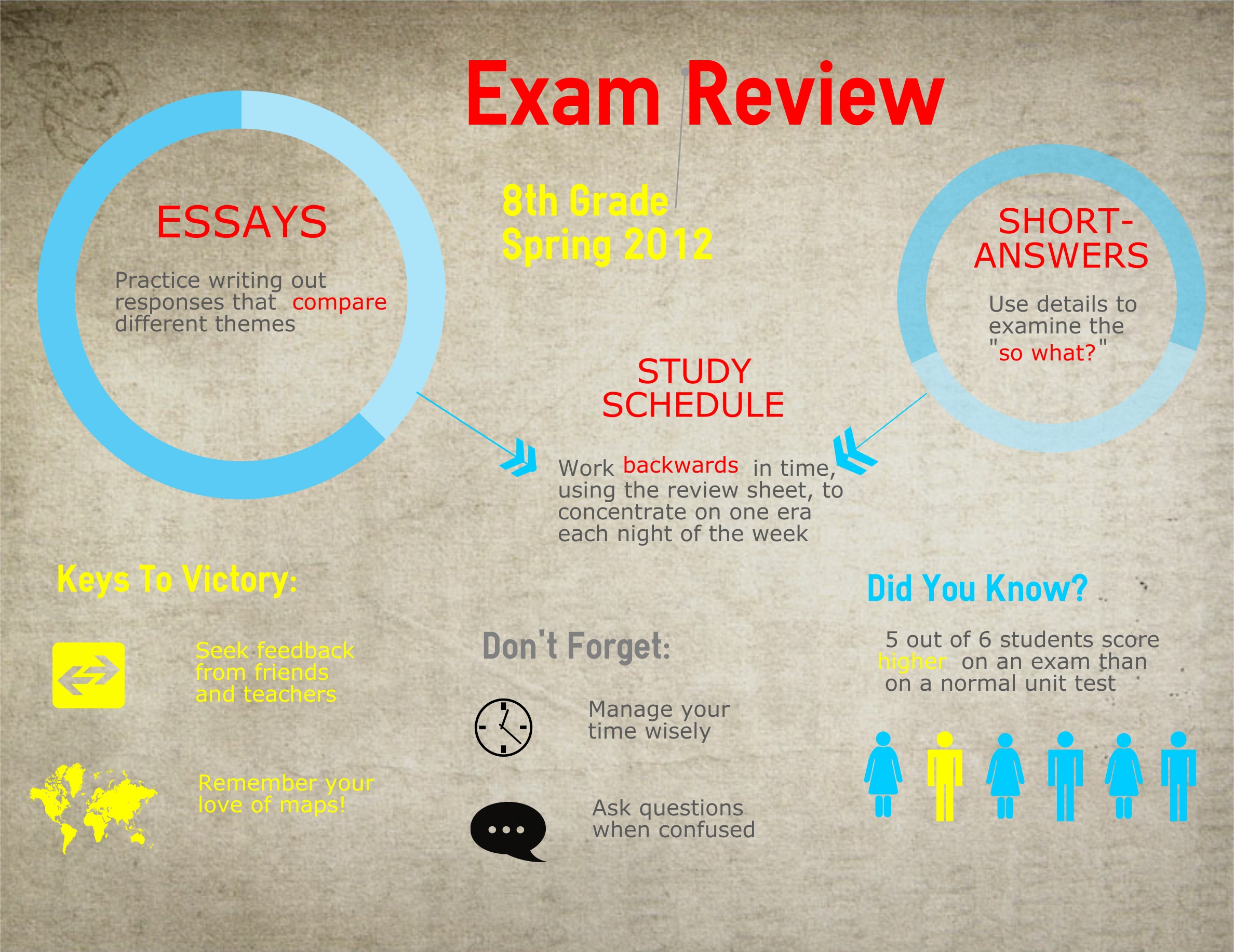

This may include checklists, which businesses often use as downloadable lead magnets or for internal customers. A real estate agency, for example, might have a list PDF explaining all of the documents needed to get a mortgage approved and the steps that need to be taken. List-based infographics are exactly what they sound like: a list of items, with visuals to drive the points home. An eco-friendly packaging business, for example, may create a mixed chart infographic showing hard data about how sustainable changes can improve the environment and the user's health with statistical evidence. Most of the text on these infographics explains what the charts are covering. If you want to create a data-heavy visual that demonstrates benchmarks in your industry, this is a good option. This may include a mixture of graphics like pie charts, bar graphs, scatter plots, and more. Mixed chart infographics typically contain multiple different types of charts to convey data thoroughly. Let's take a look at the most popular types of infographics you can create: The extensive range of options can make it easy for you to accomplish whatever goals you have (marketing or otherwise). There is incredible versatility in terms of the types of infographics that you can create. What are the different types of infographics? If the agency can show you an infographic breaking down the steps of a first meeting, initial sketches, approval, design, and editing, you'll likely feel more confident in the agency and know what to expect.ģ. You want to know exactly what the process involves. Let's say you start working with a graphic design agency. Show what the process of working with your business looks like. Infographics showcasing product tutorials can be featured on individual product pages to improve the buyer's journey, and they can also be sent out with each item in a brochure. Some products naturally need tutorials for assembly, use, and care.
INFOGRAPHIC EXAMPLE HOW TO
Have you created a survey to compile original data so that you can create a case study? Infographics are an excellent option for presenting detailed, statistics-heavy data for both internal and external use.ĭemonstrate how to use your product.

INFOGRAPHIC EXAMPLE FULL
If you're offering the latest and greatest in your industry, using powerful visual presentations to convey information about what these trends are, why they're superior to past trends, and how you're incorporating them into your product or service can be a powerful selling tool whether you're looking at recent developments in trends or the full evolution of the industry. Want to promote awareness around a problem in your industry, or that's impacting your customers? Infographics can help grab their attention as you convey problems and solutions in a single graphic. Raise awareness for a cause or around an issue.

'Comparing and contrasting' infographics allow viewers to differentiate between two brands, products, or ideas in just a few seconds. Make a 'compare or contrast' argument more efficiently. Do you have case studies or survey results that you want to publish? Sharing it in a visual format can make a bigger impression on viewers. Share original data in a visually appealing way. Visual infographics can take users through complex processes like buying a home, 3-D printing, or even hiring an employee quickly and easily.Īccording to the Social Science Research Network, approximately 65% of people are visual learners, so visual-first media can be most impactful for these users. Simplify complex processes in a visual way. You can repurpose blog posts, white papers, and even webinars into infographics to create easy-to-scan content that can provide brief topic summaries or overviews that can quickly be absorbed. There are a number of reasons why businesses use infographics: With the right tools and strategies, high-performing infographics that help you accomplish your specific marketing goals are easy to create and offer a new format of content while helping you stay on budget.īy the end of this guide, you'll learn everything you need to know about infographics, and the key steps for creating one. Infographics can convey information quickly and in an easily digestible format that is often readily shared on social media and by brand blogs, too. Infographics are a creative and cost-effective way to grab your followers' and potential customers' attention while sharing information that is valuable to them. Businesses strive to get eyes on their blog posts, to stand out in the social feeds, and to properly engage their audience through a variety of different marketing content. Finding new ways to convey information in an engaging, attention-grabbing way to your target audience is something that plenty of small businesses struggle with.


 0 kommentar(er)
0 kommentar(er)
